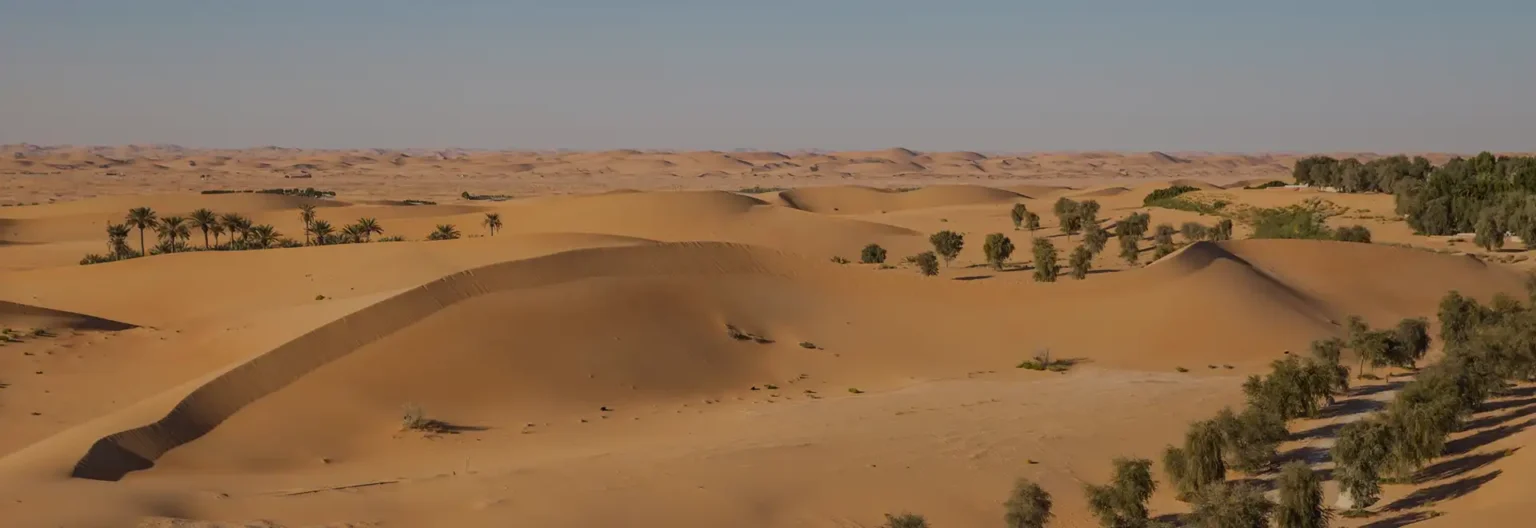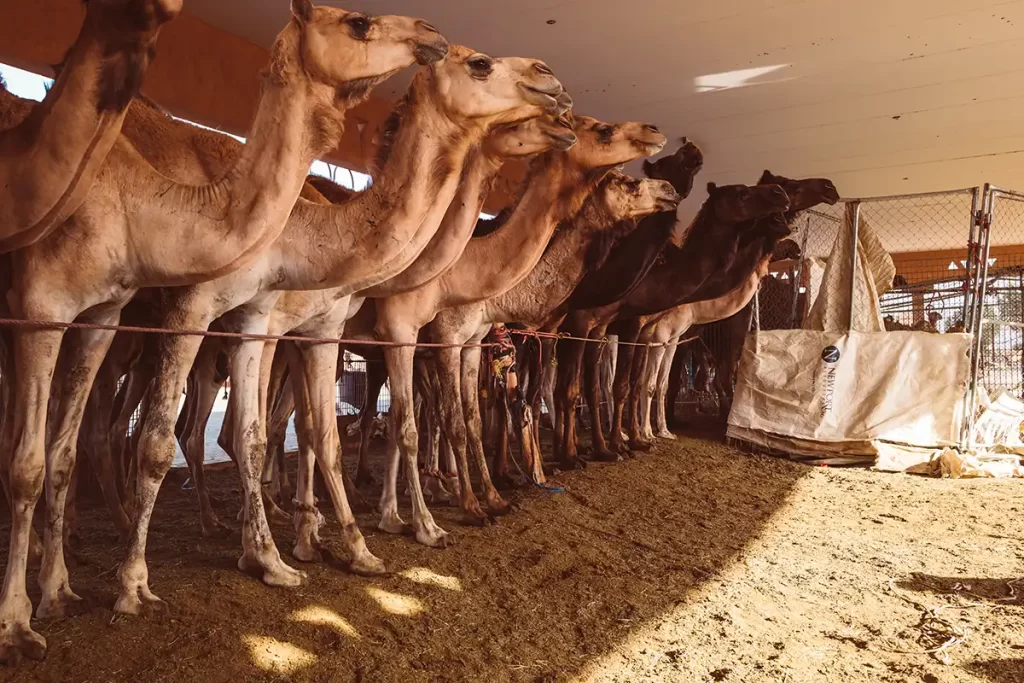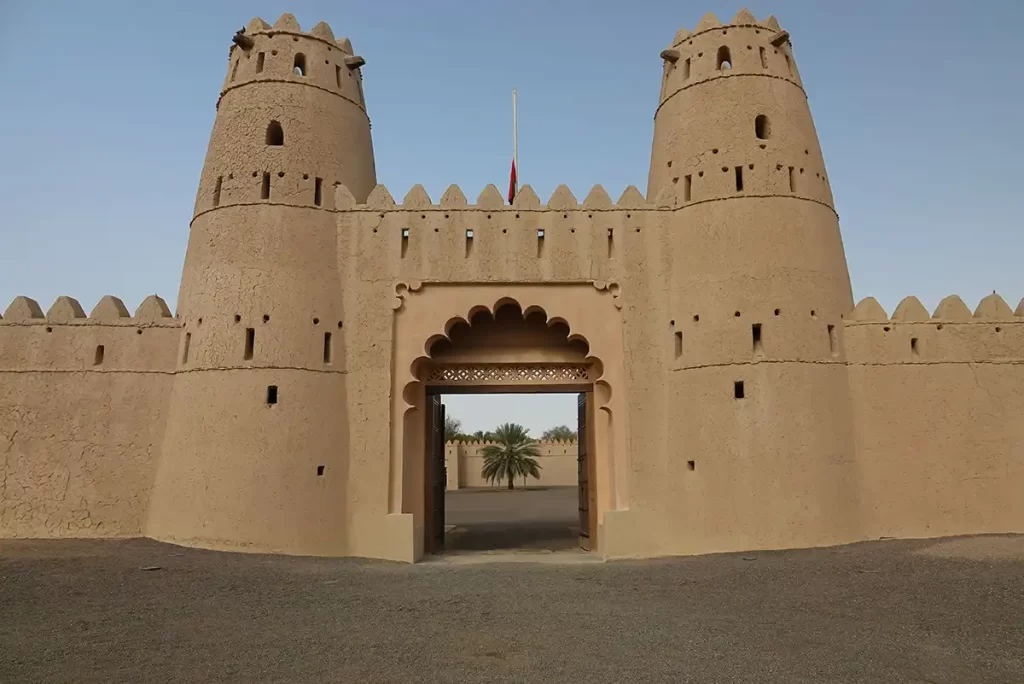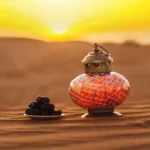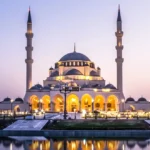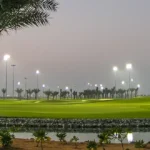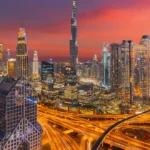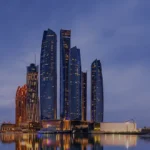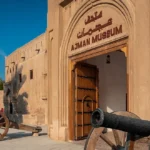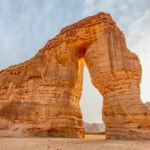Al Ain:The Garden City of the UAE
The “Garden City,” Al Ain is one of the most important cities of the United Arab Emirates,, lying inland close to the border with Oman. This lively town is steeped in lush greenery, dates, and extensive date palm plantations and is a rich cultural treasure. It is a UNESCO World Heritage Site that boasts historic sites and natural beauty, making it a truly unique destination for travellers seeking an authentic Emirati experience in Al Ain.
History
Al Ain is another place with a very long history, going back to thousands of years. Always an important oasis and trading centre, archaeological findings proved existence for more than 4,000 years. The place has been an important agricultural spot, with this land being used for date plantations, which are integral to the entire economy and culture of the region. Al Ain was also the birthplace of the United Arab Emirates founder, Sheikh Zayed bin Sultan Al Nahyan, making the history richer in that sense. The city holds onto both the traditional ways of life and the modernisation. It gives insights into both past and present Al Ain.
Geographical Landscape
Wonderful desert scenery, mountain ranges, and fertile oases characterize Al Ain. Just on the eastern side stand up the mighty Hajar Mountains, providing spectacular views and marvellous opportunities for outdoor hobbies. The city has a huge number of parks and gardens that stand out against the dry aridness of the surroundings. Water from an underground aquifer allows lush vegetation and farming here, making it a unique oasis city in the UAE. Al Ain truly showcases the balance between natural beauty and modern infrastructure.
Best Time to Visit
The best period for tourists to visit this city of Al Ain is during the cooler months from October to April. At these times, the temperatures are relatively amiable, comfortable enough to engage in sightseeing as well as other outdoor activities. Moreover, cultural events and festivals happen during such times. These programs help the visitor in getting a greater deal of the Emirati culture in Al Ain.
Top 10 places to visit
1. Al Ain Oasis
This vast oasis is a UNESCO World Heritage Site. It hosts over 147,000 date palms and offers leafy lanes for ambling strolls. The old falaj irrigation system – still in operation today – underlines the agricultural past of the region.
2. Jebel Hafeet
This is the UAE’s second highest mountain and has spectacular views of Al Ain, not to mention its arid surrounding desert land. Panoramic views are available from the top, and the drive up to the summit is scenic too. The nearby hot spring base is a worthwhile opportunity for exploration and ought to be included in any visitation plan to Al Ain.
3. Al Ain Zoo
This contains a various number of animals, primarily focusing on conservation and education since it is home to many endangered species. The zoo boasts an attractive botanical garden; therefore, a family-friendly destination in Al Ain.
4. Al Ain National Museum
Exhibitions, archaeological artefacts, and historical pieces that outline the history and culture of the region are featured at this museum in Al Ain.
5. Sheikh Zayed Palace Museum
It happened to be a residence to Sheikh Zayed, showing the visitors aspects of the life and heritage of the founder of the UAE. It contains lovely gardens and a traditional Arabic architecture style.
6. Al Jahili Fort
This fort is one of the most recognized landmarks in Al Ain and stretches to the late 19th century. Thus, it explains the military history of this town and is often used to host cultural exhibitions.
7. Hili Archaeological Park
This park features sites with archaeological value from the ancient period, including burial mounds and a reconstructed falaj irrigation system. It is an especially peaceful place to walk through history in luscious gardens.
8. Al Ain Camel Market
This is one of those cultural experiences you would like to witness. It is a market where you get to see camels and learn their importance in Emirati culture. It is a great photo opportunity and a wonderful place where you can view the local activity in Al Ain.
9. Green Mubazzarah
In the foot of Jebel Hafeet is this wonderful park which features picnic areas, hot springs, and more importantly, lush greens. Natural springs await to float you away or you have the freedom to enjoy outdoor activities under the sun.
10. UAE University
This university has fabulous campus grounds, and the library, with its gardens, are open to visitors for beautiful walks and self-discovery in Al Ain.
Must Try to Eat
Al Ain Cuisine manifests many Emirati Flavors. Some of the Must-Try Dishes are:
- Al Harees: It is one traditional dish made of wheat and meat kept in a slow oven until it becomes creamy, mostly consumed during festivals.
- Machboos: Biryani-like spiced rice, marinated with meat or fish and eaten with side dishes.
- Shawarma: Wrapped pita bread with marinated meat, served with garlic sauce and vegetables. Great when in a hurry to eat in Al Ain.
- Samboosa: Fried pastry with meat or vegetables, mostly used for snacking or during nights of Ramadan.
- Dates: A staple fruit of Emirati culture, often served together with Arabic coffee as an indicator of hospitality.
Local Language
Officially, the language of Al Ain is Arabic. However, everyone speaks English largely; thus, making it easy for visitors to converse and move about the city.
CONCLUSION
Al Ain is a beautiful destination showcasing the history, culture, and nature blend of the UAE. This makes Al Ain a totally different experience for travellers as compared to the more modern cities of Dubai and Abu Dhabi. The place offers a great trip through ancient forts, the natural beauty of Jebel Hafeet, and the exquisite local cuisine. The “Garden City” calls you in, inviting you into its rich heritage and terrific landscapes, so must-visit when one explores the UAE.

